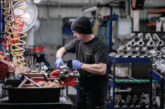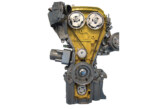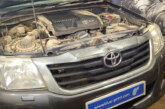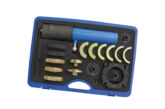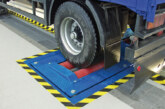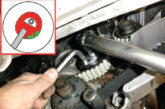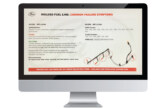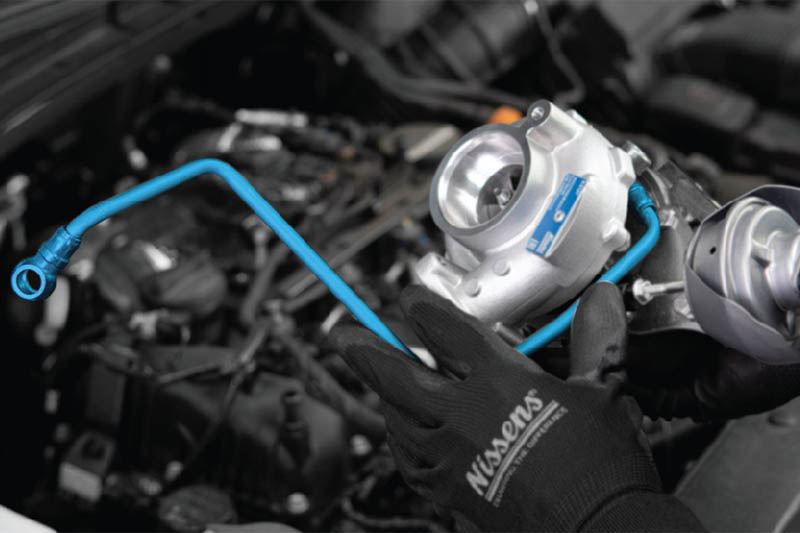
Nissens Automotive overviews its turbocharger range and offers advice on how to correctly diagnose underlying issues.
As the typical LCV will operate fully loaded and make multiple drops, it will undergo frequent starts and RPM fluctuations, so product durability is crucial, which is why Nissens made considerable investment in its development programme to ensure its turbos are designed and manufactured to matching OE specifications, in order to replicate the engine performance, fuel economy, emissions standards and durability stipulated by the vehicle manufacturers.
In fact, so thorough was the development process that an independent validation test carried out at the TüV-Nord Institute in Germany revealed that the Nissens aftermarket turbo performed to the same levels as the original turbo fitted to the diesel Passat selected for the test, and no issues concerning the daily operation, nor any mechanical, performance or emissions problems have been raised.
In addition to matching the performance standards, Nissens’ commitment to the aftermarket means that it has also thought about the concerns of both those ordering and installing the components.
As a result, each replacement turbo is a new, outright purchase unit, that comes without surcharge or the need to return the old unit. When it comes to installation, each is designed to mirror the existing vehicle system and engine layout, and comes with all the important additional parts, like gaskets or stretch-bolts, that are needed to make fitting an easy and straightforward process, as well as comprehensive fitting instruction in both printed and online formats.
Turbo failures are often accompanied with, or caused by, problems with related components, which is why the Nissens programme also helpfully includes additional products such as turbo intercoolers, and oil feed pipes (OFP), which, as a best practice procedure, it recommends is replaced at the same time as the turbo.
The turbo OFP is a particularly important component within the turbo system as it delivers vital lubrication to the turbo from the engine’s lubrication system, ensuring the turbo shaft is sufficiently lubricated and cooled, so is key to the turbo system’s proper operation.
Turbo Tips
As well as having access to premium quality replacement components and comprehensive fitting instructions, it is incredibly important for the technician undertaking the work, to understand why the turbo has failed. Common causes that should always be considered in order to establish the correct diagnosis and address any underlying issues, include:
Oils and lubrication – Has the failure occurred due to lack of lubrication? This can cause overheating in the turbo and lead the oil in the turbo to carbonise and the shaft to seize. This could occur because the OFP is blocked or restricted, due to exposure to excessive heat from a missing heat shield, for example. Alternatively, the engine oil could have become degraded because its scheduled replacement has been ignored or the oil filter defective. Also check the return pipe to ensure the oil can find its way back to the sump.
Foreign objects in the turbo – Has something entered the turbo? A turbo acts rather like a vacuum cleaner sucking in a vast quantity of air, which it pulls through the air filter. Should air filter replacement be overlooked in a similar way to the oil filter example, foreign bodies can be sucked into the turbo and damage the veins on the compressor wheel, causing turbo failure.
Over-speeding – Has the compressor wheel ‘burst’? Turbos are designed to run at incredibly high speeds, sometimes in excess of 250,000 RPM. However, if they exceed their normal operating parameters, due to over-speeding for example, the compressor wheel can literally break apart. Common causes include leaks in the air charge system or wastegate failure, which mean that the turbo can’t reach its designated boost pressure, so over-speeds to compensate, exploding in the process.
Over-pressure – Is there an imbalance in the pressure between the air and exhaust side of the turbo? The thrust and journal bearing are designed to be subjected to a similar press, can lead to the compressor wheel touching the side of the housing, resulting in turbo failure. Causes can include excessive boost pressure because the factory settings have been changed due to engine tuning, for example. A malfunctioning blow-off valve or faulty MAP sensor could also trigger excessive pressure.

